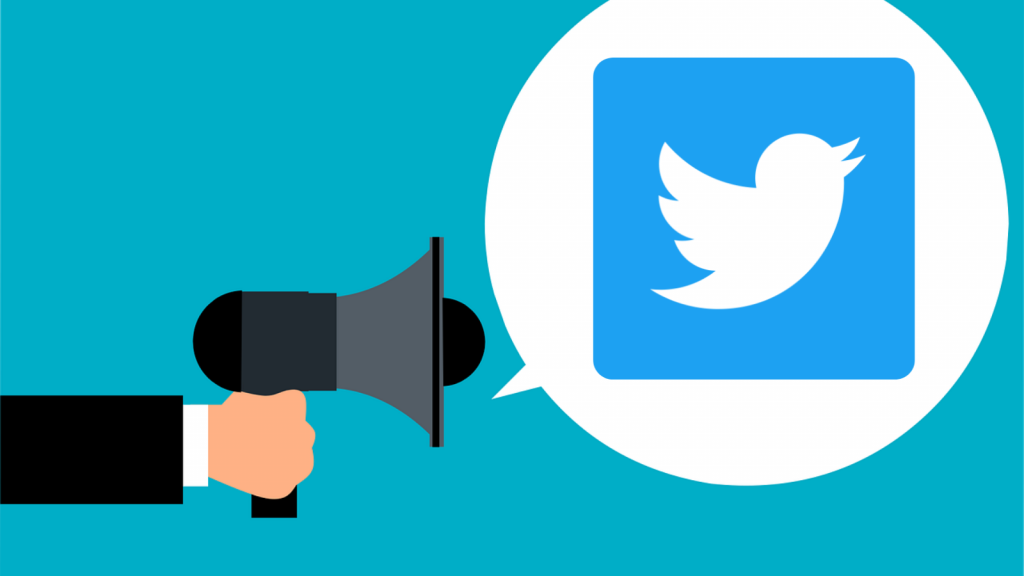When controversial figures start complaining about ‘the Twitter mob’, more often than not it looks a lot like they’re deflecting to avoid being held responsible for something they did. But that’s not to say mob-driven harassment isn’t a real problem on Twitter. It is.
It turns out the microblogging platform has a safety net for users at risk of being mobbed aptly called ‘Project Guardian’.
Twitter guardian angels
According to a Bloomberg report, Project Guardian “aims to protect prominent tweeters from abuse” and “harassment”. Twitter apparently keeps a list of thousands of “prominent tweeters” that it suspects may be in danger of mass trolling and harassment. So it isn’t just a list of VIPs who get to bend some of the rules.
These aren’t just celebrities and influencers either, though a healthy handful of high-figure musicians, athletes, politicians and the like do appear on this list.
Project Guardian also looks out for any user skirting into explosive territory that might get them burned by a vitriolic mob, even if their time in the danger zone only lasts a few moments. For example, people who get roped into viral drama, or activists and journalists reporting particularly controversial subject matter, like the Unite the Right Charlottesville riot (though certain far-right groups have been able to exploit other Twitter features to get at activists).
Not all users get a permanent spot on this VIP list either. For example, once flash in the pan Twitter drama dies down, at-risk users wrapped up in it get booted out of Project Guardian and back to the throgs of the ordinary, where they belong. Celebrities still get preferential treatment though, because why wouldn’t they?
When Twitter catches wind of a derogatory post targeting a user on the Project Guardian list, moderators drop priority on all other reports to deal with it. As Bloomberg outlines, by responding ASAP Twitter believes it can mitigate the chances of harassing content spreading and gaining traction.
Posts like these are weighed up in a number of ways to determine whether or not they require immediate action. For example, a post’s interaction levels or impressions, or how many followers the user who posted it has and how engaged they are.
All in all, while it probably isn’t an exact science it sounds like a solid idea. Not just for protecting users either, but also for (as Bloomberg points out) keeping Twitter’s PR positive. The platform has received criticism in the past for not doing enough to curb viral harassment against particular users.




